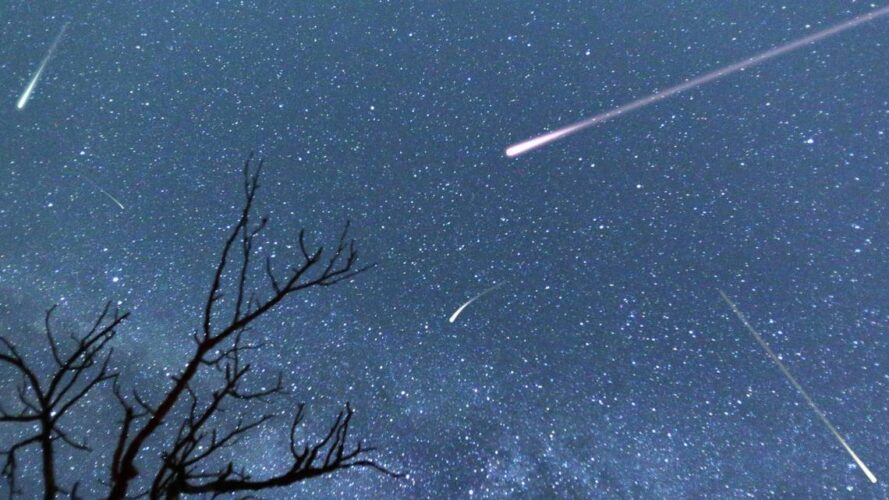The celestial show will peak on the night of October 21 to 22, with around 23 meteors expected per hour.
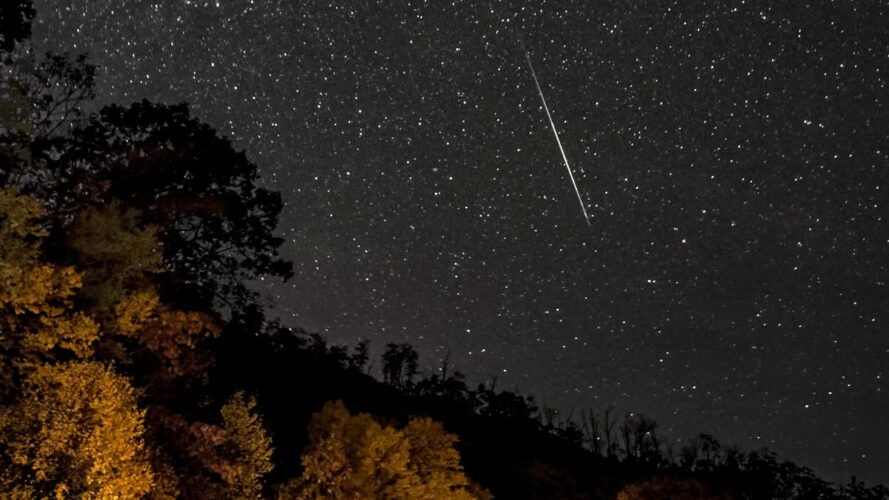
The Orionid meteor shower will peak on the night of October 21 to 22 this weekend, with around 23 meteors expected per hour in clear skies. Known for their brightness and speed, these meteors produce “one of the most beautiful showers of the year,” according to NASA.
Where and when to look
The Orionids will be best visible in the hours after midnight to anyone in the world with clear skies and minimal light pollution. You won’t need any special equipment to view this shower, but NASA recommends finding a dark place and setting up a sleeping bag, blanket or lawn chair for comfort.
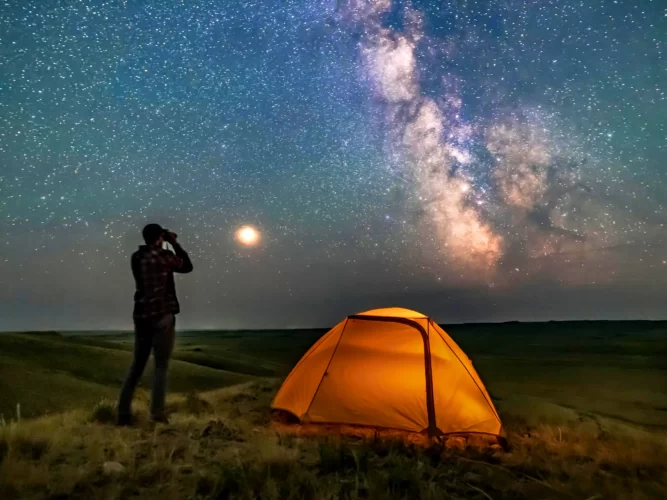
If you’re located in the Northern Hemisphere, lie down with your feet facing southeast. If you’re in the Southern Hemisphere, your feet should face northeast. You’ll see the most meteors if you look to the lower half of the sky, unless the sky near your horizon is brightly lit, per the International Meteor Organization (IMO).
You should allow at least 30 minutes for your eyes to adjust—avoid looking at your phone or a flashlight, otherwise your night vision will need another 30 minutes to kick in.
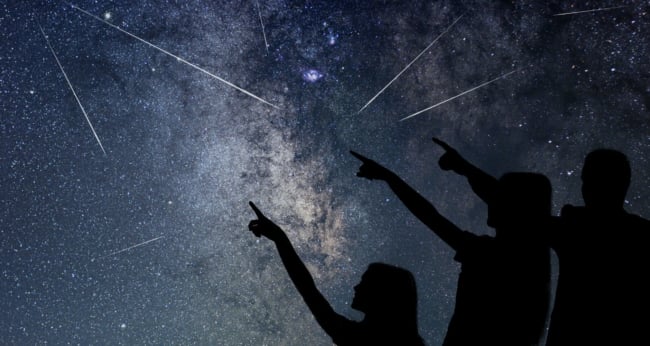
The Orionids travel at about 148,000 miles per hour into Earth’s atmosphere, often leaving spectacular glowing “trains” that can last several seconds to minutes. They can also sometimes turn into fireballs, or very bright meteors, per NASA.
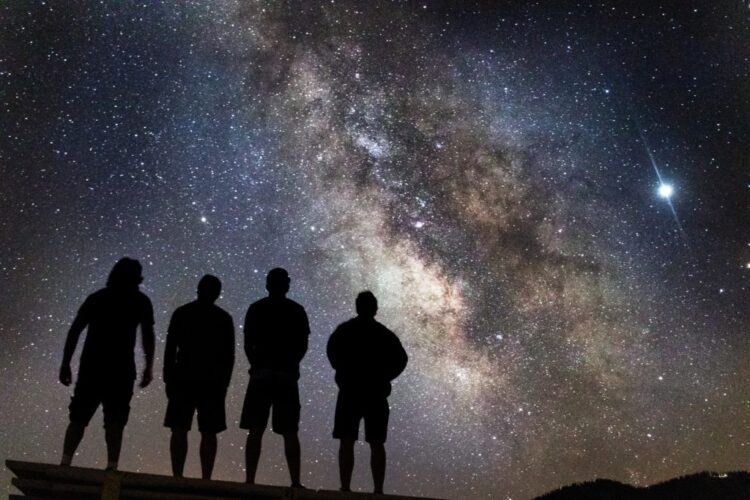
Usually, stargazers watching the Orionids can expect to see a meteor every few minutes, though in rare cases, observers have seen three times as many. Stronger activity is not expected this year, per the IMO.
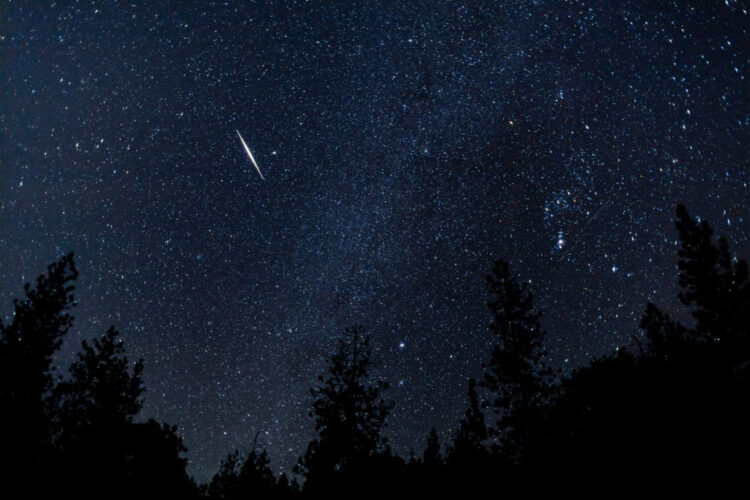
The moon will be about 37 percent full on the night of October 21 and set around midnight, allowing for fairly good viewing. This year, the Orionid shower will continue until November 22, overlapping with several other showers, including the Northern Taurids, which will peak the night of November 11 to 12, and—very briefly—the Geminids.
The constellation Orion
The radiant—or the area from which these meteors appear to come—is the constellation Orion, named after the Greek hunter. The story of Orion has many different versions, but according to one myth, Orion was a mighty hunter who vowed to kill all animals on Earth.
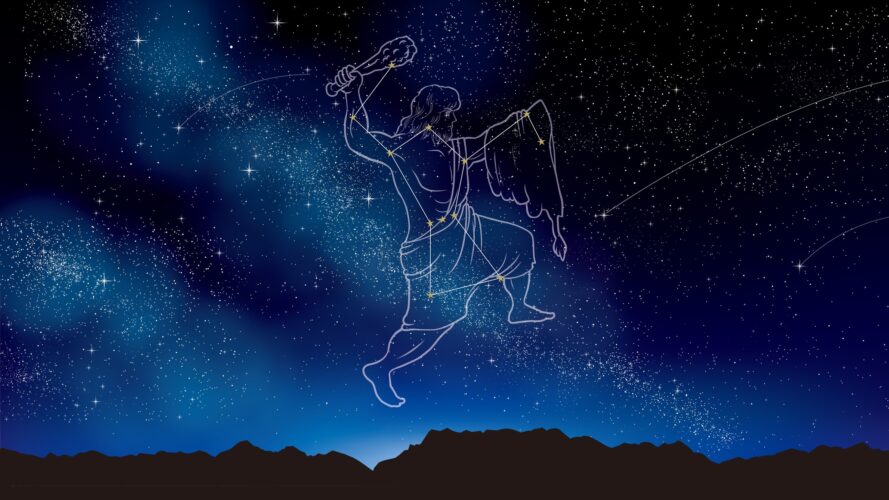
The goddess of the Earth, Gaia, was unhappy with his intention, and sent a giant scorpion after him. Though Orion tried to defeat his foe, the scorpion stung him with its poisonous tail, and he died.
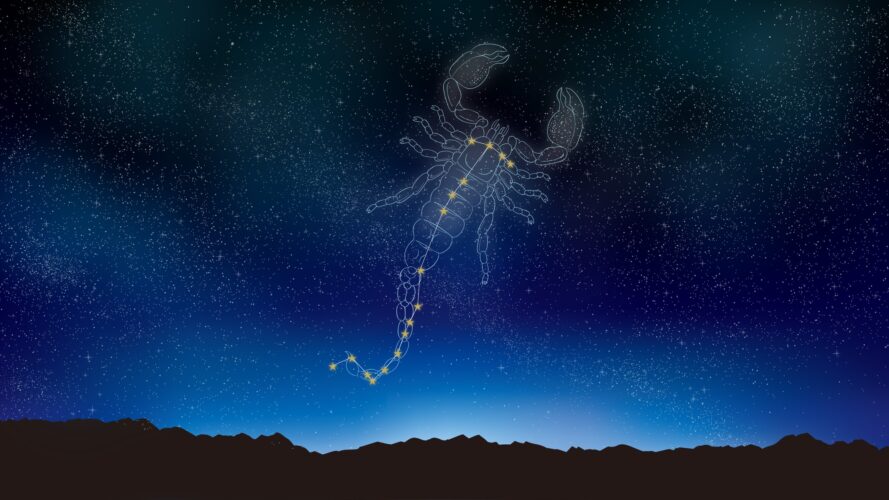
Out of gratitude for the arachnid, Gaia placed its figure among the stars as the constellation Scorpius. And to forever shame Orion, Gaia created his figure eternally running from the scorpion as the Earth moves through the sky.
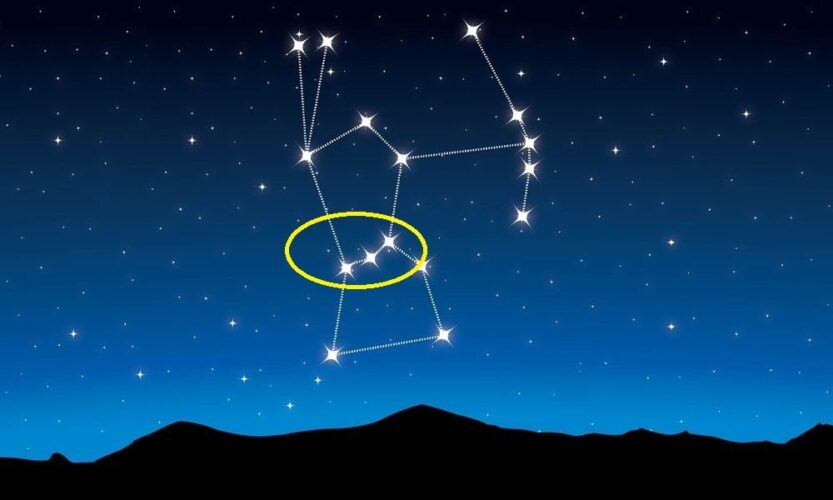
If you’re located in the Northern Hemisphere, Orion is visible in the southwestern sky. If you’re in the Southern Hemisphere, it can be seen in the northwestern sky. The three bright stars that make up Orion’s belt are the easiest way to spot this constellation. You can also see the red supergiant star Betelgeuse in Orion’s “right shoulder.”
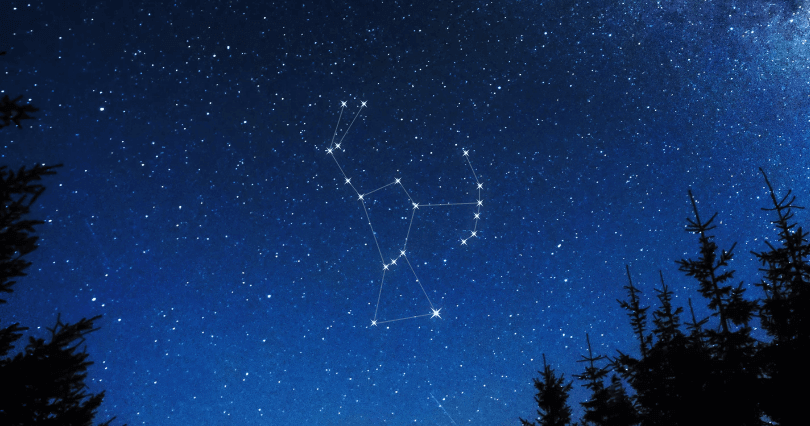
While locating the constellation Orion can be a helpful starting point, you shouldn’t stare directly at the radiant, because the meteors will appear shorter from this view. Instead, NASA recommends angling your gaze 45 to 90 degrees away from Orion for “longer and more spectacular” meteors.

